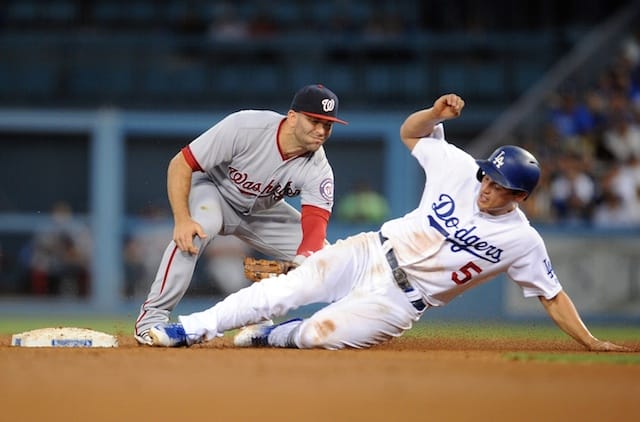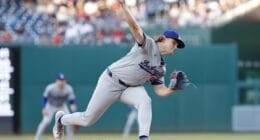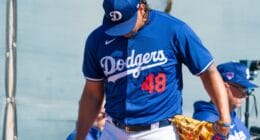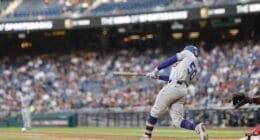While the Los Angeles Dodgers’ pitching staff has the edge over the Washington Nationals, the Washington offense holds the upper hand. Both teams feature a rookie — Corey Seager and Trea Turner — who will factor heavily into the National League Division Series.
Seager quickly established himself as one of the best prospects in baseball after being drafted in 2012, raking his way up the Minor League ladder. His September call-up last year was just a taste of potential greatness, as Seager hit .337/.425/.561 in a month’s worth of games.
This year, Seager set Dodgers rookie records for hits, doubles, runs scored and total bases. He batted .308/.365/.512 with 40 doubles and 26 home runs. He finished fifth in fWAR and was surprisingly solid at shortstop given he’s 6’4 and 215 lbs.
While Seager will likely finish first in NL Rookie of the Year voting and second in MVP voting, Turner’s batting line was even more impressive.
The Nationals’ rookie, who was the subject of a rule change after being traded to Washington, hit .342/.370/.567 after struggling in his debut last year.
After dominating A-ball in his first pro season, Trea cruised through the upper Minors and was called up in late August of 2015. However, he played sparingly and hit just .225. Danny Espinosa was the everyday shortstop and the Nationals just couldn’t find him room in the lineup.
This season Turner went back to Triple-A and began spending some time in center field. Once he came up for good and got consistent reps, he rewarded the Nationals with a ridiculous level of productivity.
Not only did Turner get on base and hit for power, he also stole 33 bases in 73 games. He didn’t grade out particularly well in center field, in terms of DRS and UZR, but he had some value with the glove at second base.
Overall, both players had very promising seasons. While Turner’s numbers were slightly better, it was a smaller sample size and he benefited from some extremely good luck.
Turner’s BABIP this season was .388, well above league average (around .300) and .033 points higher than Seager’s. Turner’s batting average on grounders was also well above average, though his excellent speed could give him a boost in that category.
He also didn’t hit the ball as hard as Seager. His average exit velocity was above average at 90.92 mph, but Seager’s was 91.68. Turner also had fewer hard-hit balls than Seager, according to Fangraphs (34.8 percent to 39.7 percent).
While Turner struck out less (18.2 percent to 19.4 percent), he walked almost half as often as Seager (4.3 percent to 7.9 percent). He did, however, have a lower percent of swinging strikes and swung at pitches out of the zone less often.
And finally, there was the sustainability of his power output. Turner is not the biggest player on the field, listed at 6’1 and 185 lbs. Yet he was able to produce an isolated power of .225, compared to Seager’s .204.
Size definitely isn’t everything, but you’d expect someone Seager’s stature to hit for more power than a skinnier player like Turner.
So, in the end it’s safe to come to three conclusions. The first is that both players have bright futures. The second is that Turner’s 2016 was even more impressive than Seager’s. And the third is that it may be safer to take Seager going forward.
You can listen to Jared on the weekly Dugout Blues Podcast





